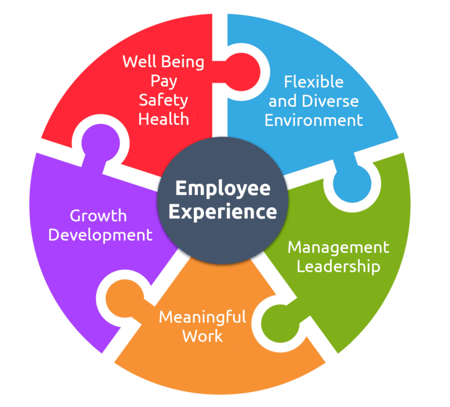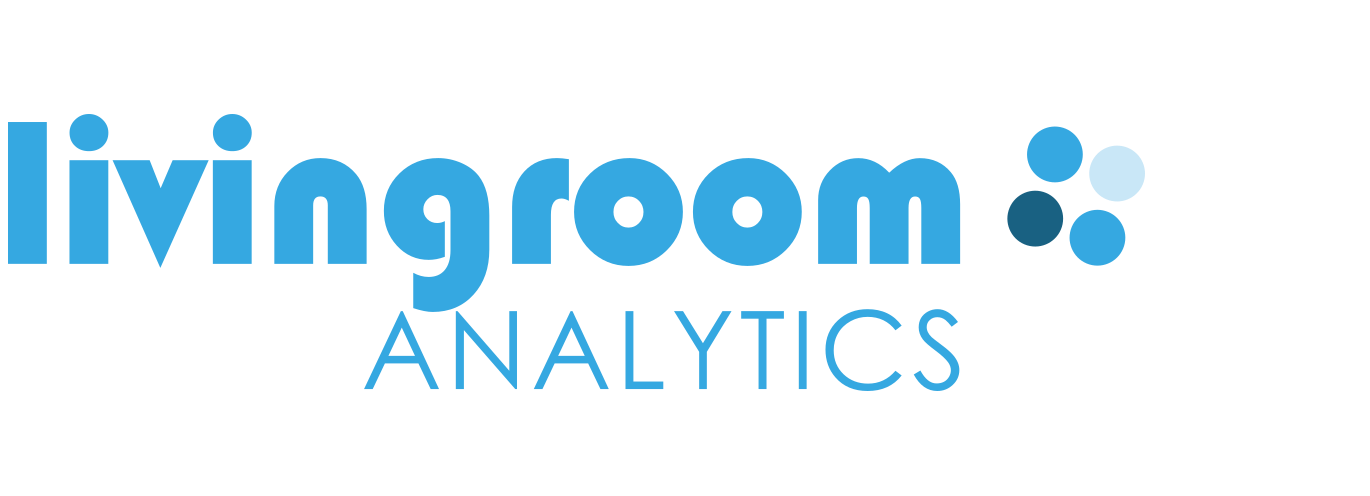Employee Experience: Do You Follow a Balanced Approach?
Employee experience is the latest buzzword in HR. Compared to the more popular concept of employee engagement, it is much broader and touches upon how the entire workplace environment affects employee happiness. More specifically, employee experience covers anything from the work itself to leadership and management, growth opportunities, environment, and the general wellbeing of employees, as shown by research.

As employee experience captured the attention of many HR practitioners, more and more companies are establishing processes and investing in tools and software designed to improve it. However many companies fail to appropriately address the concept. With so many areas to work on, it is easy to see why this is the case and why some lose their focus. Therefore, it becomes crucial to understand which matter most.
In a recent article, Josh Bersin, the world-known HR analyst, researcher, and author presented a study in which he found that growth and meaningful work are the most important workplace factors for employees, with “ability to grow” being almost four times more important as pay. If you think about it, people don’t come to work for nice facilities or free lunch, they come to accomplish and achieve something.
Moreover, he relates these findings to Maslow’s theory of human motivation. According to Maslow, humans have five types of needs and that can be tiered from the most basic ones to the ones that bring the highest motivation: physical, safety, belonging, accomplishment/esteem, and self-actualization needs. However, if the basic needs are not fulfilled, people can’t attend the needs higher up in the hierarchy. Applied to employee experience, pay, benefits, and well being are at the bottom, corresponding to the basic physical needs. A diverse and flexible workplace is related to safety needs while feeling part of a community and good communication represent belonging needs. At the top are the accomplishment/esteem and self-actualization needs, represented by having meaningful work and personal growth opportunities respectively. Therefore, these two areas have the most impact on employee motivation and happiness.
So what implications does this have for HR? While growth opportunities and having meaningful goals have the highest impact on employee happiness, this doesn’t mean that one should only focus on them and disregard the other drivers. Unsolved, salary, wellbeing, diversity, and communication issues can stand in the way of success and performance, annulling any benefits brought by having a fulfilling job. After minimizing or eliminating these hindrances, growth, development, and meaningful work can be focused on.
Therefore, when you consider improving employee experience take a balanced approach and consider each area. Employee experience encompasses the entire workplace environment, and not just the salary, having a flexible schedule, or a nice team to work with. Many companies trying to address employee experience spend huge amounts of money on fancy facilities, gourmet food, and other perks meant to improve general well being. However, they might overlook the whole employee journey and end up taking a superficial approach to employee experience.
Want to read more articles like this? Join the Livingroom Newsletter
ABOUT LIVINGROOM ANALYTICS
Livingroom Analytics is the new, groundbreaking platform for measuring and improving employee experience. Every company faces the challenge of building a workplace where people feel engaged and perform well. Livingroom helps managers identify people challenges as well as deliver the right tailored actions for improvement.


